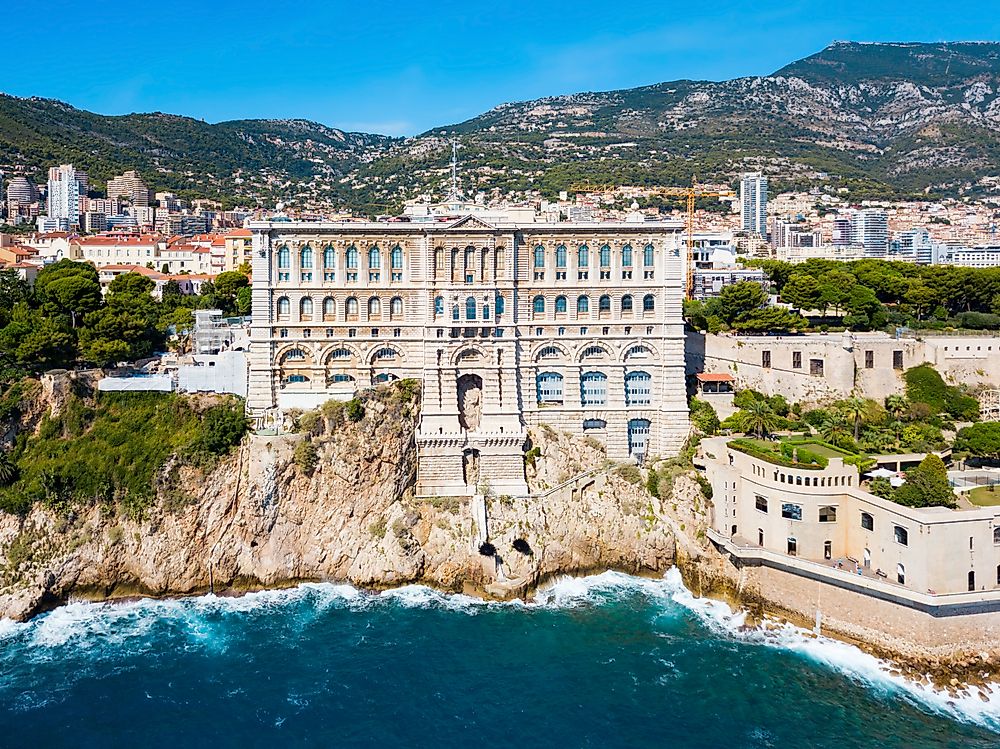What Does an Oceanographer Do?

Oceanography, also known as oceanology, is the general study of the ocean’s physical and biological aspects. Just like other fields, such as medicine and engineering, oceanography covers a wide range of specialties including ocean waves, currents, ecosystem, and geology of the ocean floor. A person who is involved in the study of sea life, water, weather and climate, and the preservation of the natural resources of an ocean is known as an oceanographer. There are different types of oceanographers, including chemical oceanographers, biological oceanographers, and physical oceanographers among others. All of these oceanographers have different work environments and job descriptions.
Types of Oceanographers
Since oceanography comprises of many disciplines, the work environment determines what an oceanographer performs. The job duties vary depending on the particular specialization of an oceanographer.
Biological Oceanographer
A biological oceanographer, along with marine biologists, examines plants, animals, and microbes in a marine environment. Additionally, a biological oceanographer focuses on organisms within the marine environment and how their organisms develop and interact with each other and their environment. Biological oceanographers may also investigate how the ocean environment affects the biology of an individual organism. Field observation, laboratory experiments, and computer models can be used to investigate such interactions between organisms and the marine environment.
Physical Oceanographer
Physical oceanographers are mainly concerned with the physical characteristics and processes within the ocean, such as waves, temperature, tides, currents, eddies, transportation of sand on and off the beaches, and the interaction between the ocean and the atmosphere. They also investigate how deep currents and the ocean-atmosphere relationship influence weather and climate, and how the ocean interacts with its boundaries at the coast and the seafloor.
Chemical Oceanographer
Chemical oceanographers are involved in the study of the chemical properties of the ocean and its effects on the rest of the environment. These oceanographers investigate the chemical composition of seawater and how the chemicals interact with the seafloor and atmosphere. They also analyze the components of seawater and the impact of chemicals and pollutants on marine organisms.
Geological Oceanographer
Geological oceanographers are primarily concerned with the ocean floor. They explore the ocean floor and the processes that lead to the formation of various features such as valleys, canyons, and mountains. Through sampling, geological oceanographers can investigate the history of seafloor spreading, oceanic circulation, plate tectonics, and climate. Their findings help develop a better understanding of how the ocean basin was formed and the interaction between the ocean floor and the ocean itself.
Requirements to Become an Oceanographer
Although the educational requirements for oceanographers differ depending on the country, most have educational experience in oceanography, hydrology, geoscience, or environmental science. Specific classes also vary with specialization, but common subjects include deep-sea biology, molecular methods, marine ecology, and marine hydrodynamics. Oceanographers may also have to acquire licensing before they can start practicing. Licensing also depends on the state or country where an oceanographer intends to work.











